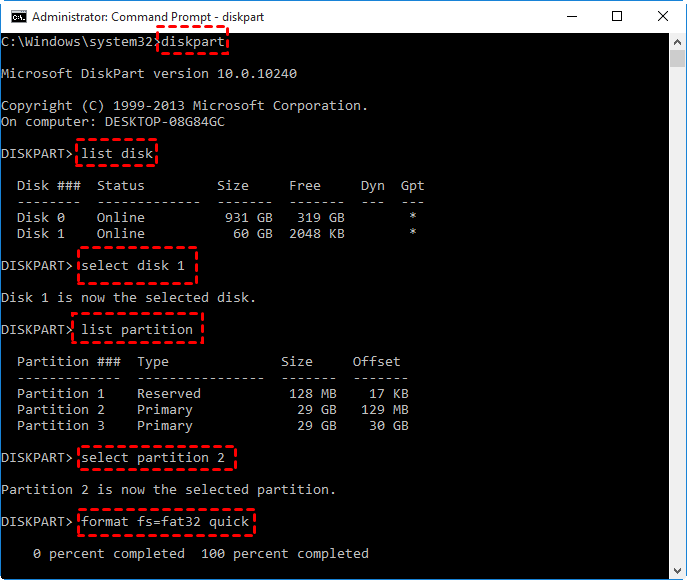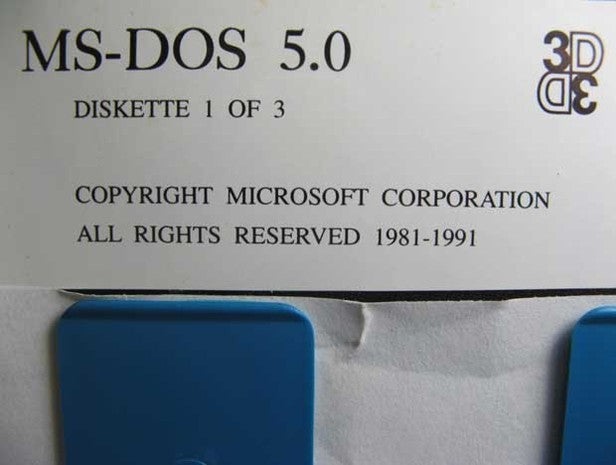


I only use floppies when faster methods are not available, say installing network drivers in NT4. In this case, I'll always use networking when available over the floppy, and I highly doubt a serial connection is faster than a Fast Ethernet network connection. Use Windows 2000 and you have all that plus USB drives (slow since only 1.0 is supported, not 1.1 or 2.0). Use Windows 95/98 and you have DCC with parallel and serial, as well as the dial-up modem working (really slow). On one system (Ready 9847 from 1998), floppy is the only way in DOS only. Like I said, it all depends on your OS on what you can use. I recently picked one up so I'll try it sometime. I also doubt a null modem connection would be faster than floppy, but it might. If you want to install drivers via the F6 method, it must be a floppy. If you want to boot off something, it must be a floppy. thru the serial port or a modem?) And in case you're wondering, a lot of modern Japanese-made laptops sold today still come with a serial port or a docking station that has one! Why would you still use floppies on a Win10 capable system?īecause some computers new enough to support Windows 10 (Specifically Enterprise-class systems) can have floppy drives, Example: My HP Desktop from 2008 has a floppy drive and it's new enough to support Windows 10, A good use for them is to transfer files between a new computer to a really old computer that doesn't support USB Flash Drives, If you collect vintage computers and yet happen to have an Enterprise-class desktop with a Floppy drive you'd understand.Īren't there faster better ways to transfer files larger than 1.44MB to a really old computer (ie.


 0 kommentar(er)
0 kommentar(er)
